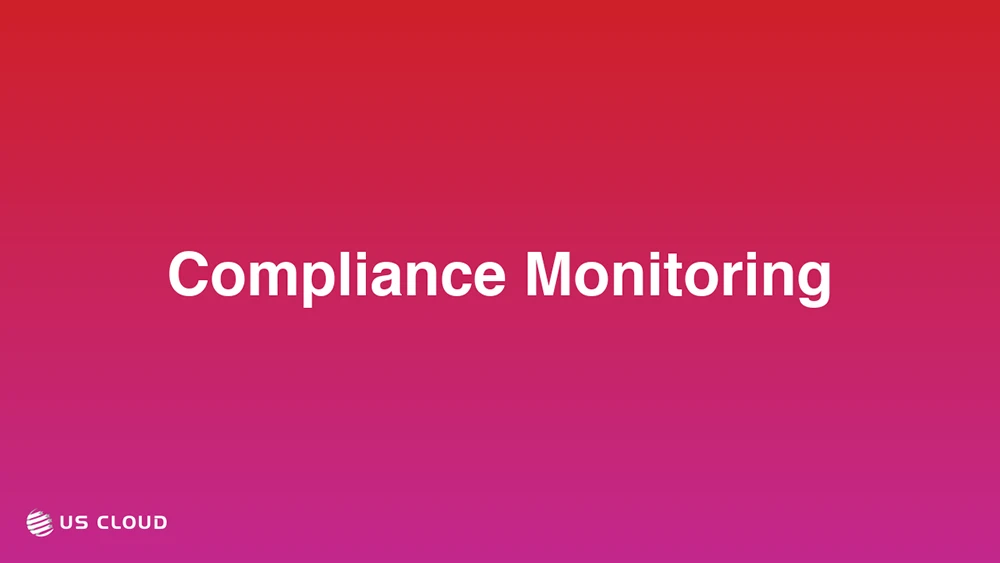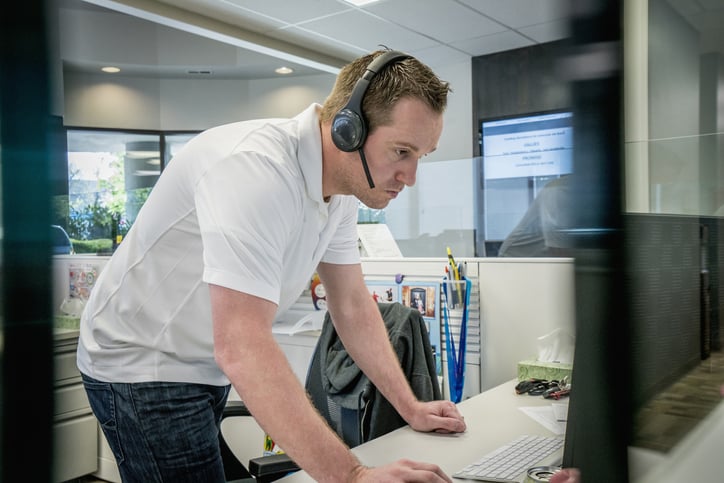Compliance Monitoring.

What is Compliance Monitoring?
Compliance monitoring is a systematic process that ensures an organization adheres to relevant laws, regulations, and internal policies. This ongoing assessment is crucial for maintaining regulatory compliance and avoiding potential legal and financial penalties. Organizations implement compliance monitoring to continuously evaluate their performance against established standards, thereby fostering a culture of accountability and ethical behavior.
The primary goal of compliance monitoring is to identify any deviations from regulatory requirements in real-time. This involves using automated tools and processes that facilitate the collection and analysis of data related to compliance. For example, organizations may utilize software that tracks changes in regulations or flags areas where compliance may be lacking. By doing so, they can proactively address issues before they escalate into significant problems.
Key components of an effective compliance monitoring program include:
- Automated Compliance Checking Tools: These tools help organizations continuously assess their adherence to regulations without manual intervention.
- Regular Internal Audits: Conducting periodic audits allows organizations to evaluate their compliance status comprehensively and identify areas for improvement.
- Comprehensive Reporting Mechanisms: Effective reporting systems ensure that any compliance gaps are documented and communicated to relevant stakeholders promptly.
Through robust compliance monitoring, organizations can demonstrate due diligence to regulators, maintain a strong governance posture, and adapt to evolving regulatory landscapes.
Importance of Compliance Monitoring
The significance of compliance monitoring cannot be overstated in today’s complex regulatory environment. Organizations face increasing scrutiny from regulators, making it essential to have a proactive approach to compliance. Here are several reasons why compliance monitoring is critical:
- Risk Mitigation: Continuous monitoring helps identify potential risks early, allowing organizations to address them before they lead to legal issues or financial penalties.
- Enhanced Reputation: Adhering to regulatory requirements showcases an organization’s commitment to integrity and ethical practices, fostering trust among customers and stakeholders.
- Streamlined Regulatory Reporting: With effective compliance monitoring in place, preparing audit reports becomes more efficient, saving time and resources while ensuring deadlines are met.
- Improved Data Security: Regular monitoring ensures that security protocols are consistently followed, reducing the risk of data breaches and protecting sensitive information.
- Increased Business Agility: Organizations with robust compliance systems can quickly adapt to new regulations and industry standards, minimizing disruptions to operations.
In summary, effective compliance monitoring not only safeguards an organization against potential penalties but also enhances its overall operational integrity.
Developing a Compliance Monitoring Program
Creating a successful compliance monitoring program requires careful planning and execution. Here are the essential steps involved in developing such a program:
- Conduct a Compliance Risk Assessment:
- Identify areas of risk within the organization by evaluating existing policies and procedures.
- Engage third-party auditors for an unbiased assessment of compliance gaps.
- Establish Clear Policies and Procedures:
- Develop comprehensive compliance policies that outline expected behaviors and responsibilities for all employees.
- Ensure that these policies are easily accessible and regularly updated.
- Implement Automated Monitoring Tools:
- Utilize technology to automate the tracking of compliance-related activities and changes in regulations.
- Ensure that these tools integrate seamlessly with existing systems for real-time data collection.
- Regular Training and Communication:
- Provide ongoing training for employees regarding compliance expectations and updates on regulatory changes.
- Foster open communication channels for reporting potential compliance issues without fear of retaliation.
- Continuous Review and Improvement:
- Regularly review the effectiveness of the compliance program through internal audits and feedback mechanisms.
- Make necessary adjustments based on findings from audits or changes in the regulatory environment.
By following these steps, organizations can create a robust compliance monitoring program that not only meets regulatory requirements but also enhances overall governance practices.
Challenges in Compliance Monitoring
Despite its importance, organizations often face several challenges when implementing effective compliance monitoring programs:
- Complex Regulatory Landscape: Keeping up with constantly changing regulations can be daunting for many organizations, especially those operating across multiple jurisdictions.
- Resource Constraints: Smaller organizations may struggle with limited resources for dedicated compliance personnel or advanced monitoring tools.
- Cultural Resistance: Employees may resist changes associated with new compliance initiatives if they do not understand their importance or see the benefits.
- Data Management Issues: Collecting and analyzing large volumes of data related to compliance can overwhelm existing systems if not managed properly.
To overcome these challenges, organizations must prioritize building a strong culture of compliance that emphasizes accountability at all levels. Additionally, leveraging technology can help streamline processes and enhance data management capabilities.
Conclusion
In conclusion, compliance monitoring is an essential practice for organizations aiming to navigate the complexities of regulatory requirements effectively. By continuously assessing adherence to laws and internal policies, organizations can mitigate risks, protect their reputations, and ensure operational integrity. Developing a robust compliance monitoring program involves conducting risk assessments, establishing clear policies, utilizing automated tools, providing employee training, and continuously reviewing processes.
As regulatory landscapes evolve, maintaining an agile approach to compliance monitoring will be crucial for organizations seeking long-term success. By prioritizing compliance as a core aspect of their operations, businesses can foster trust with stakeholders while safeguarding against potential legal repercussions.
